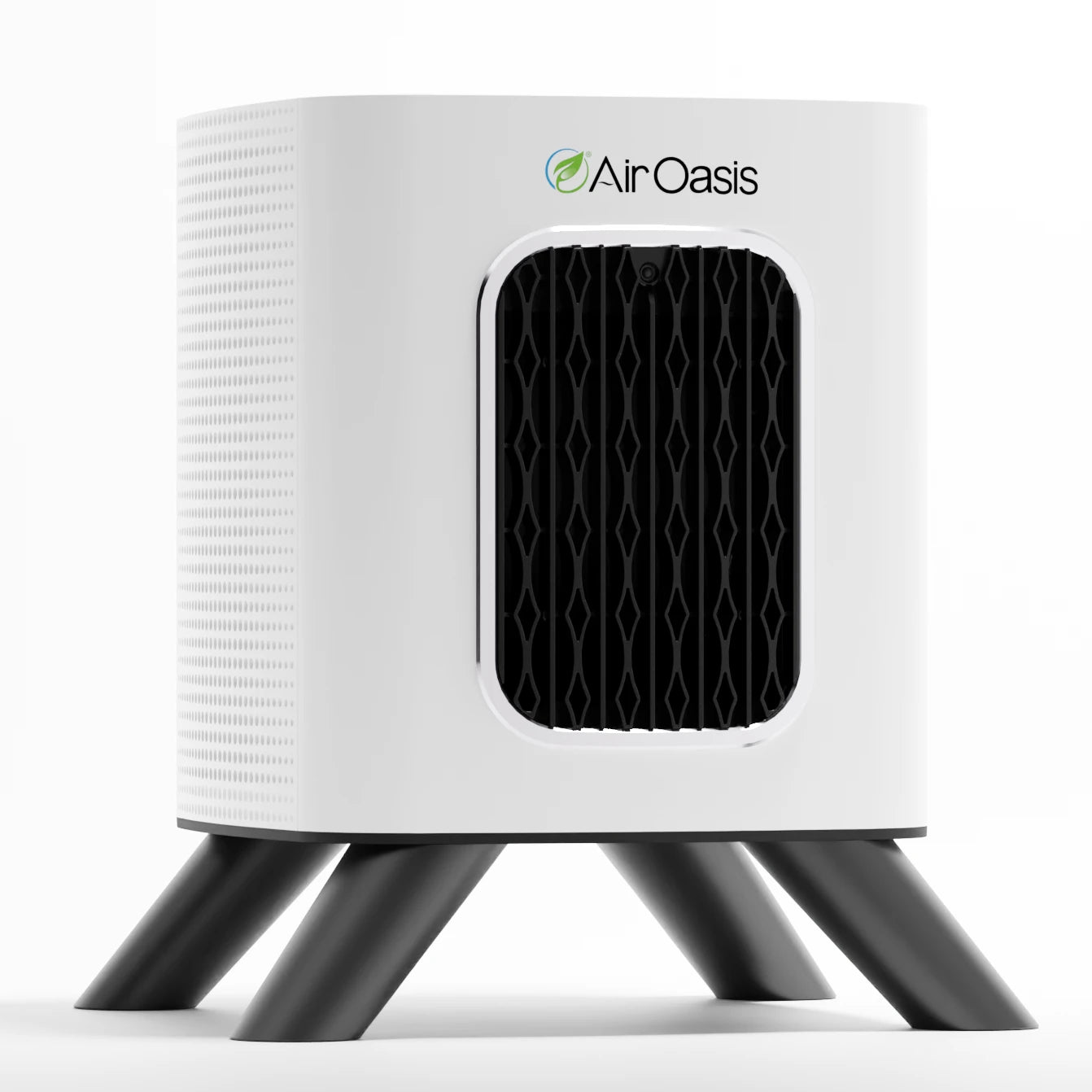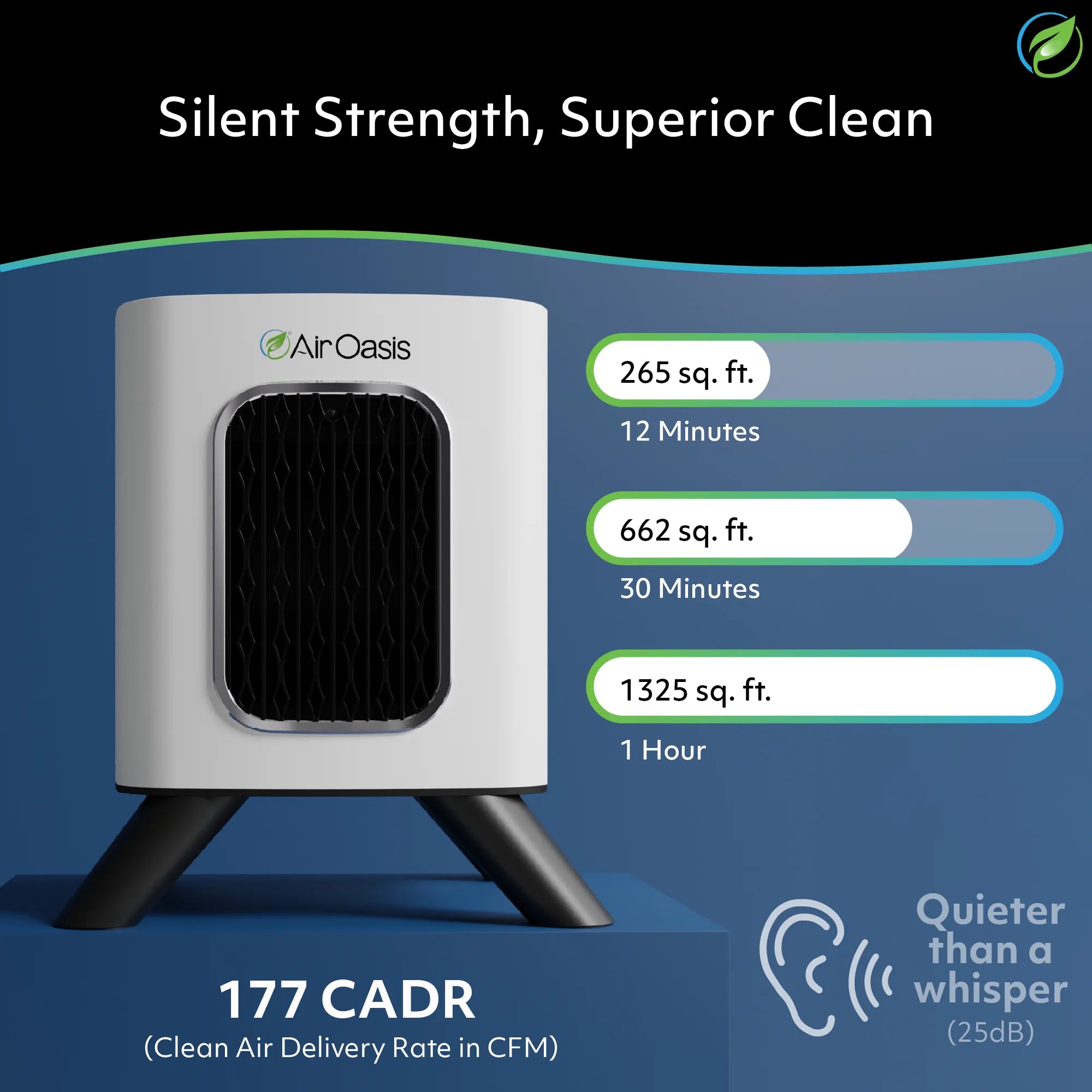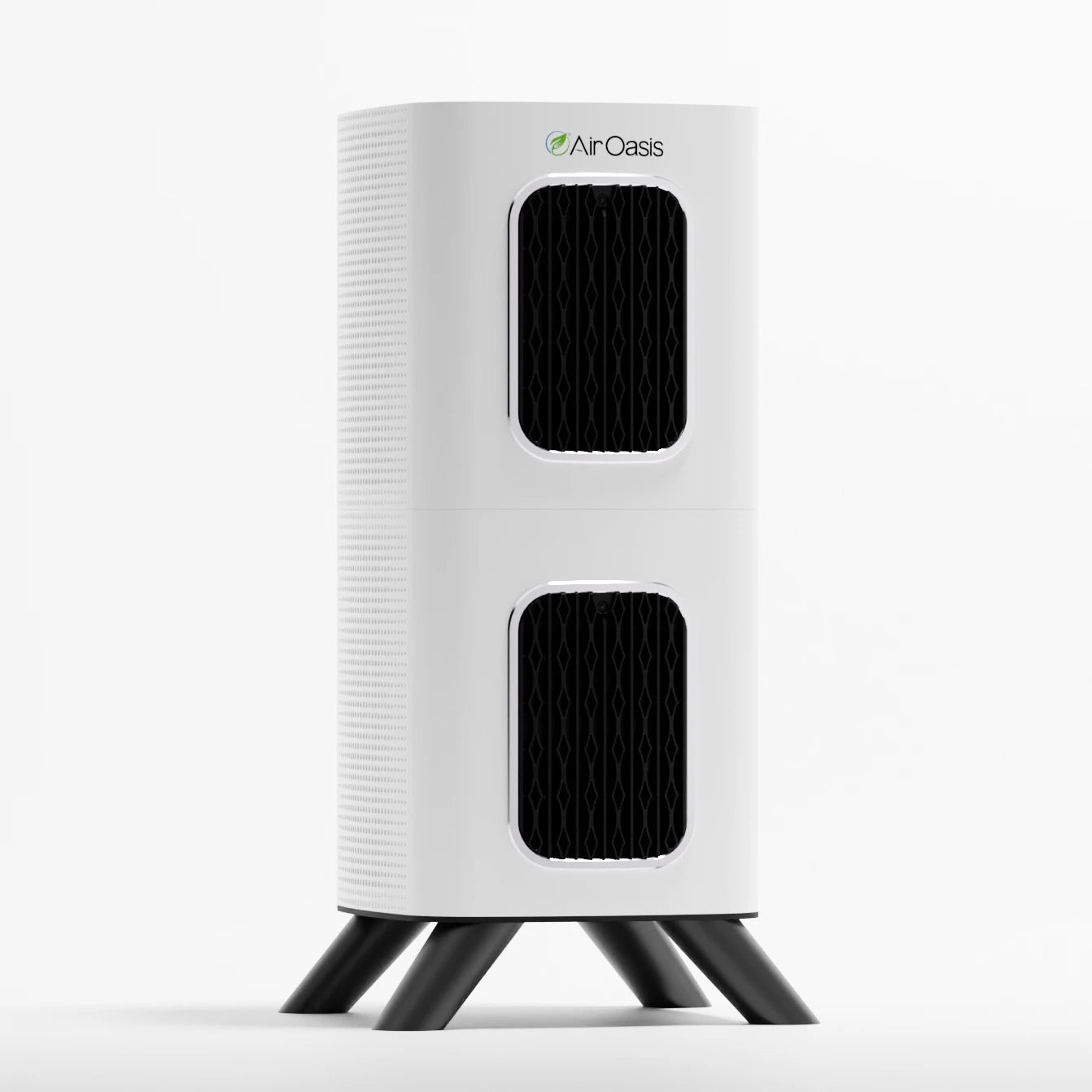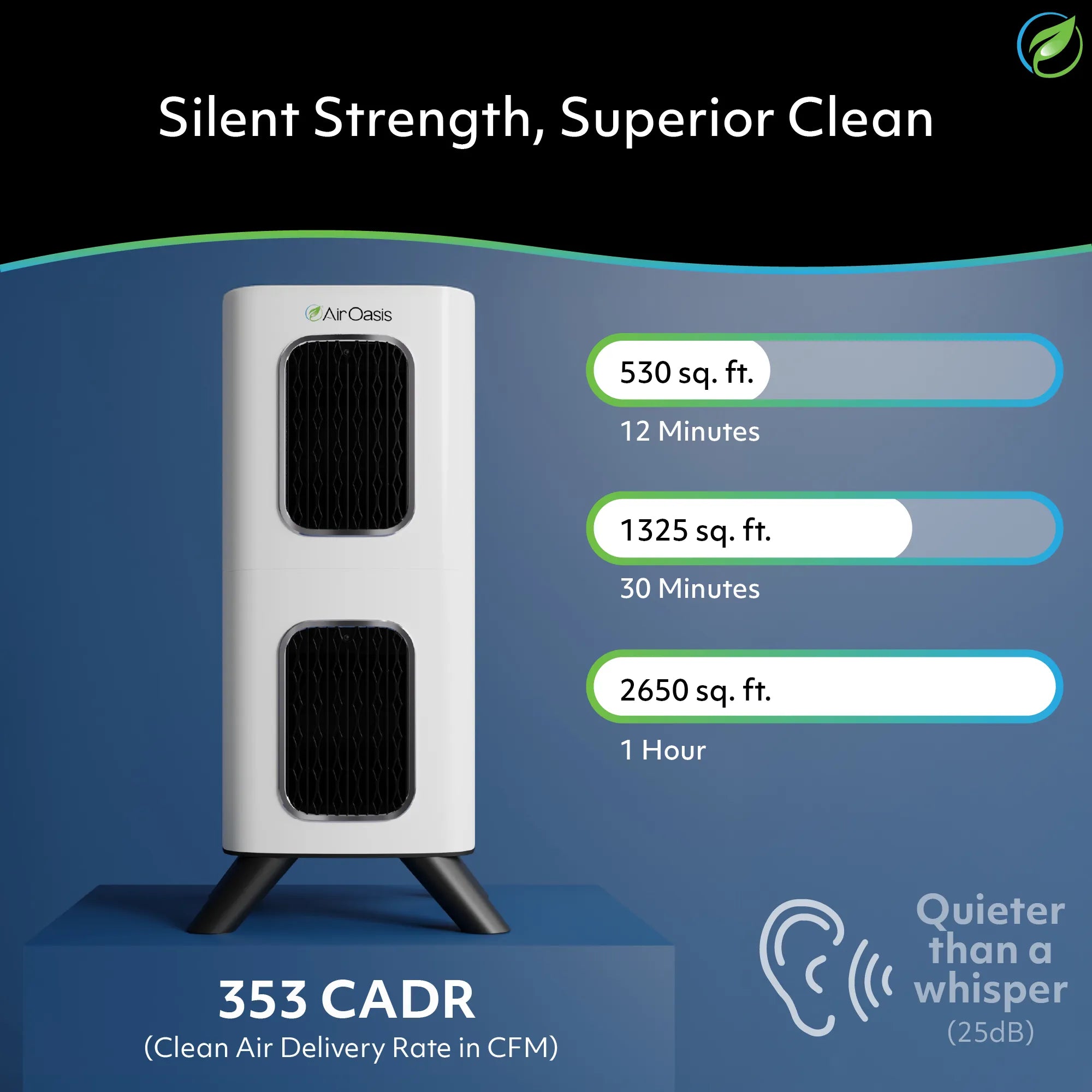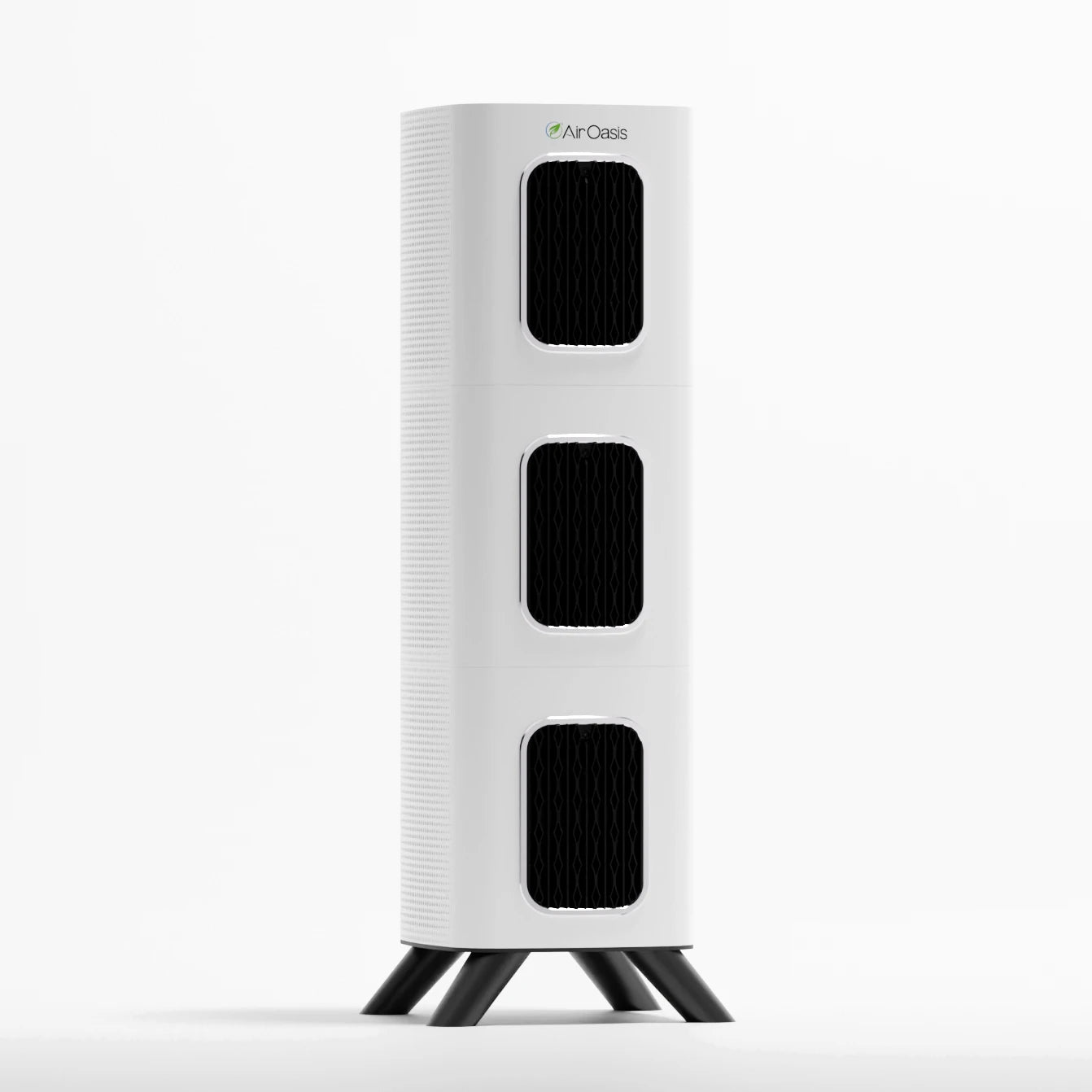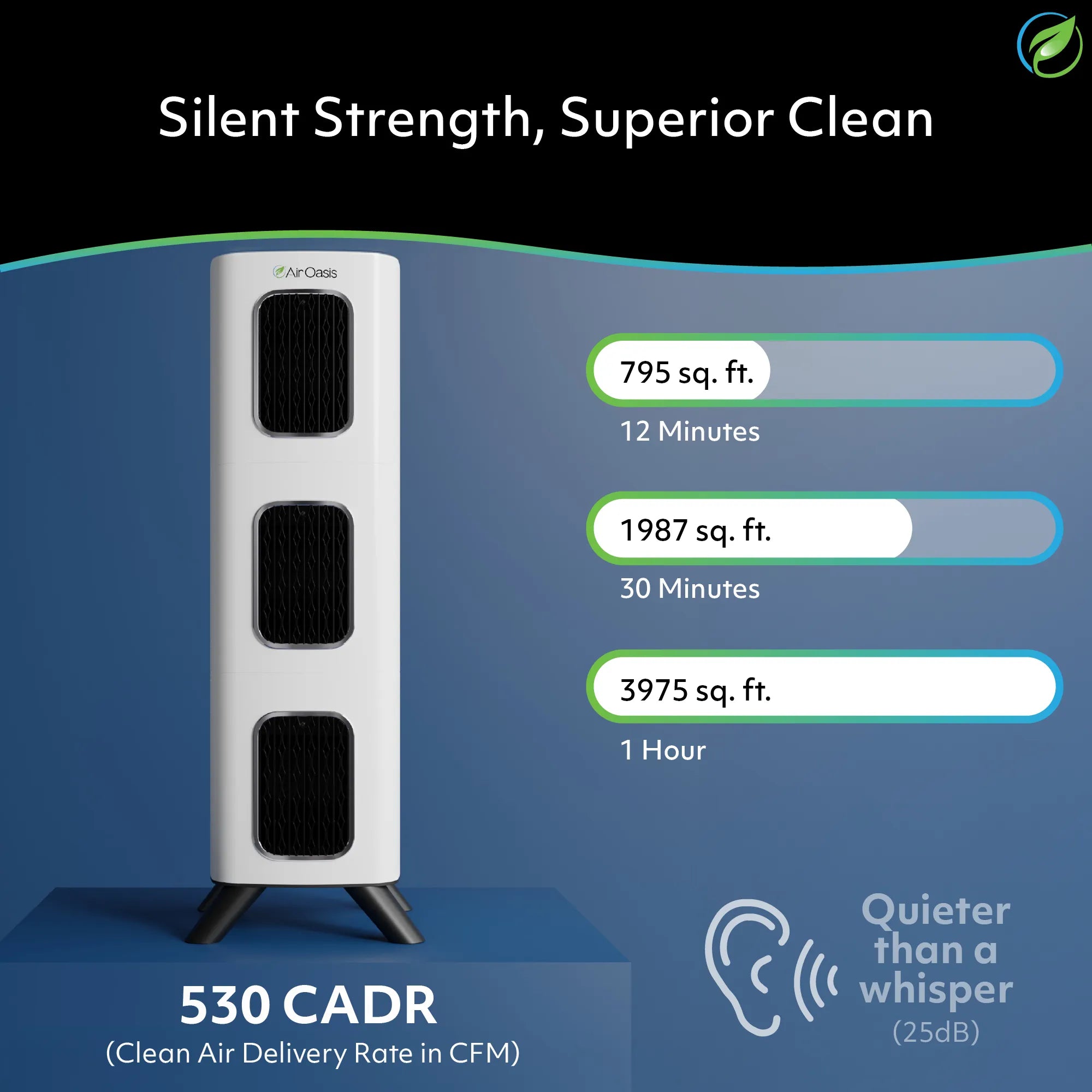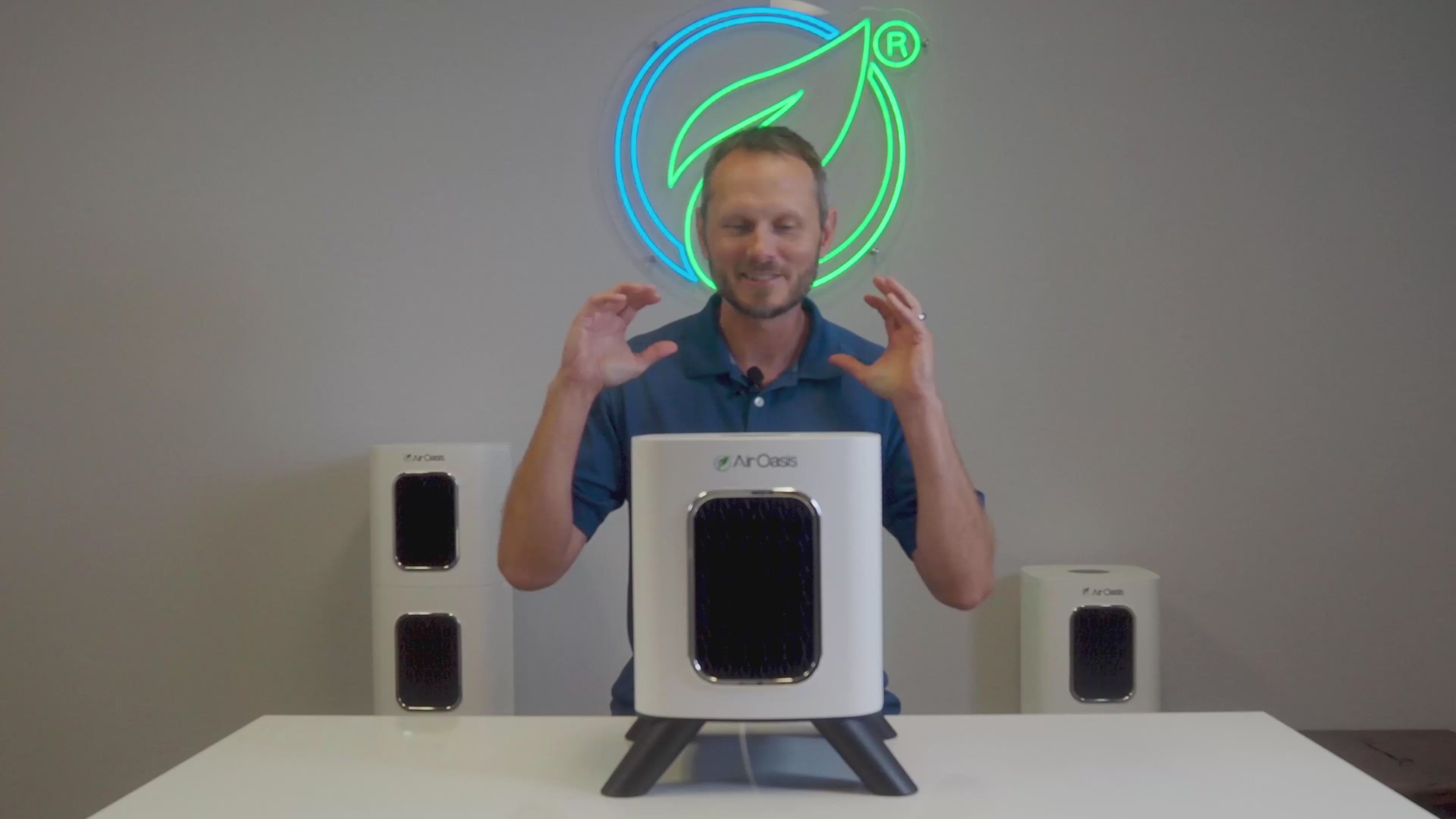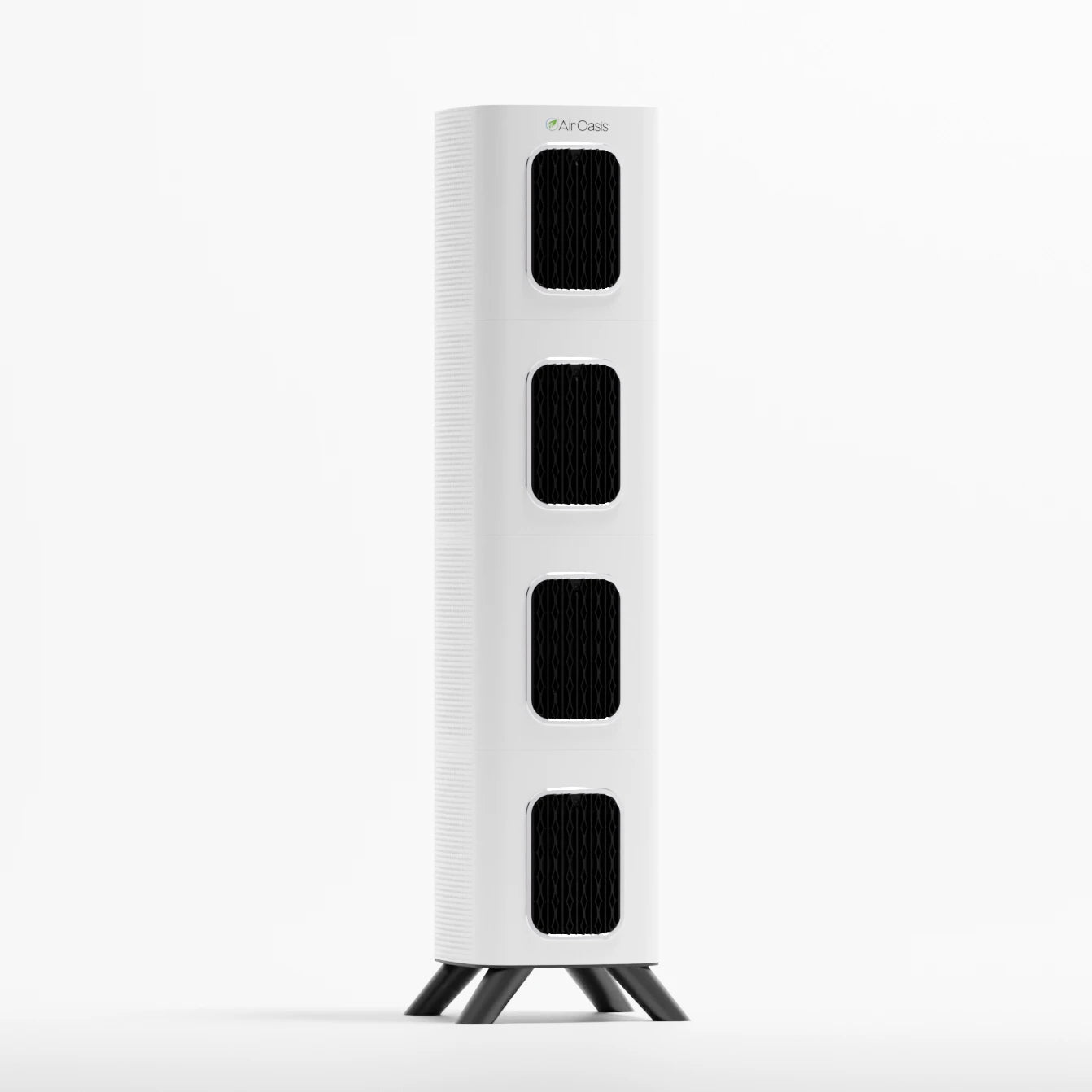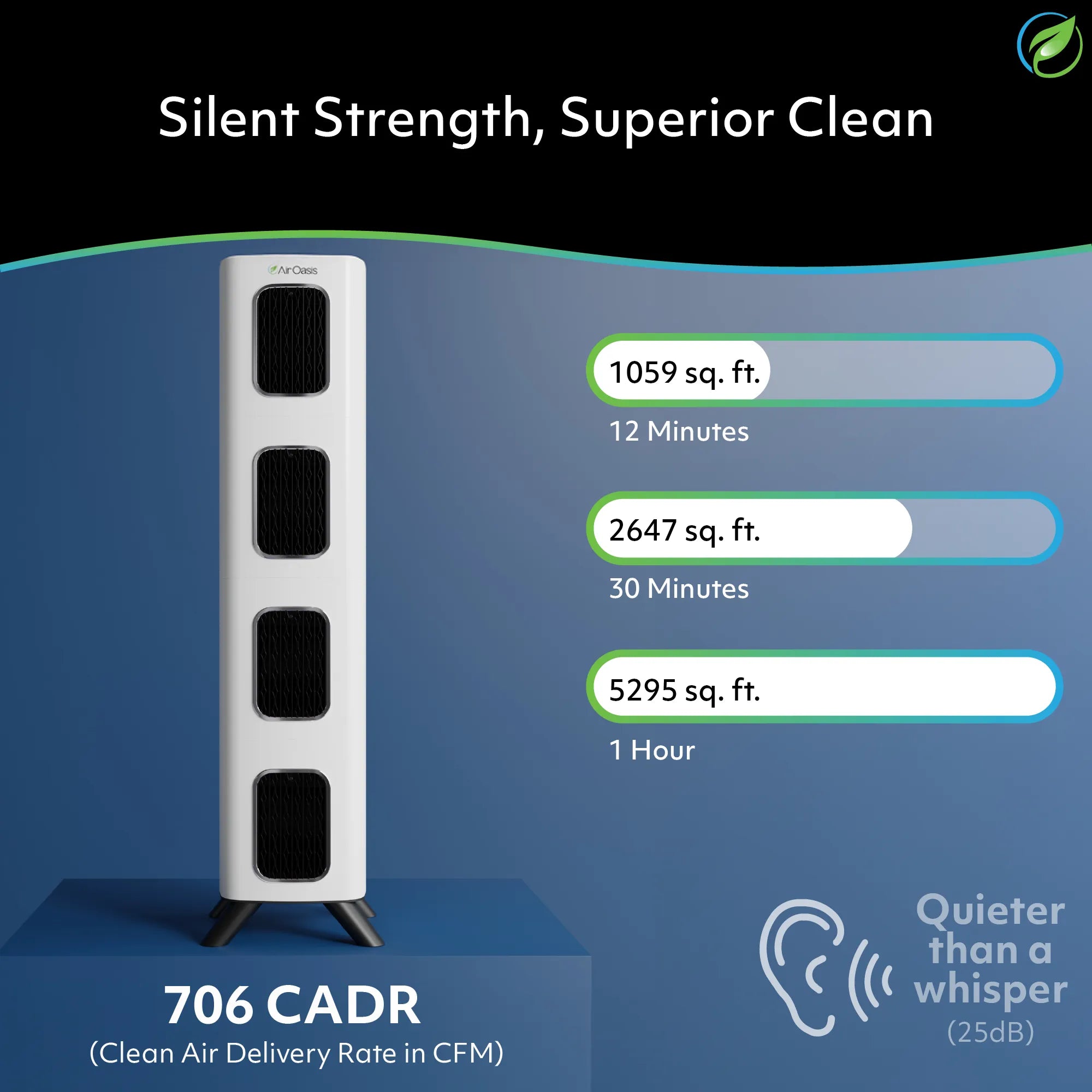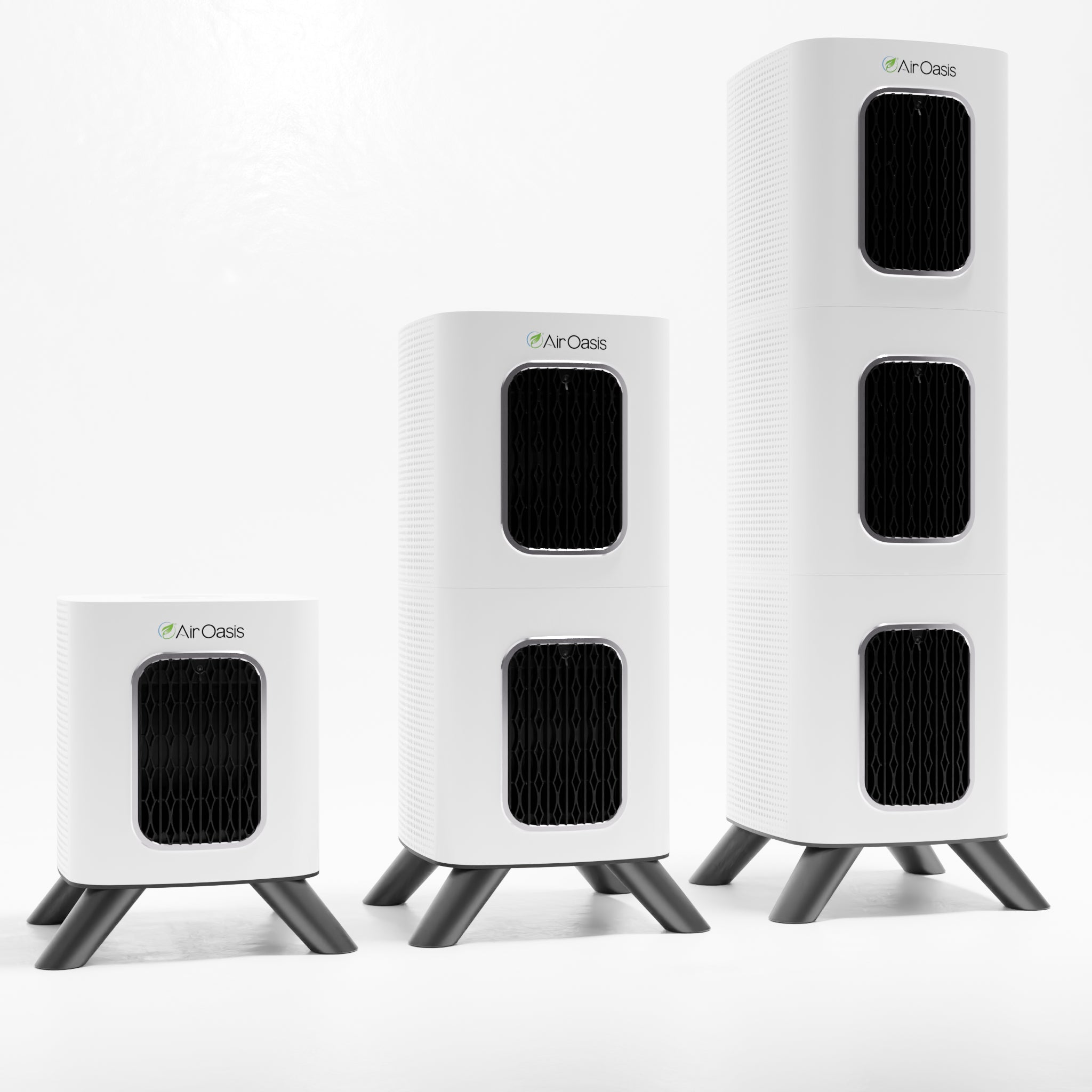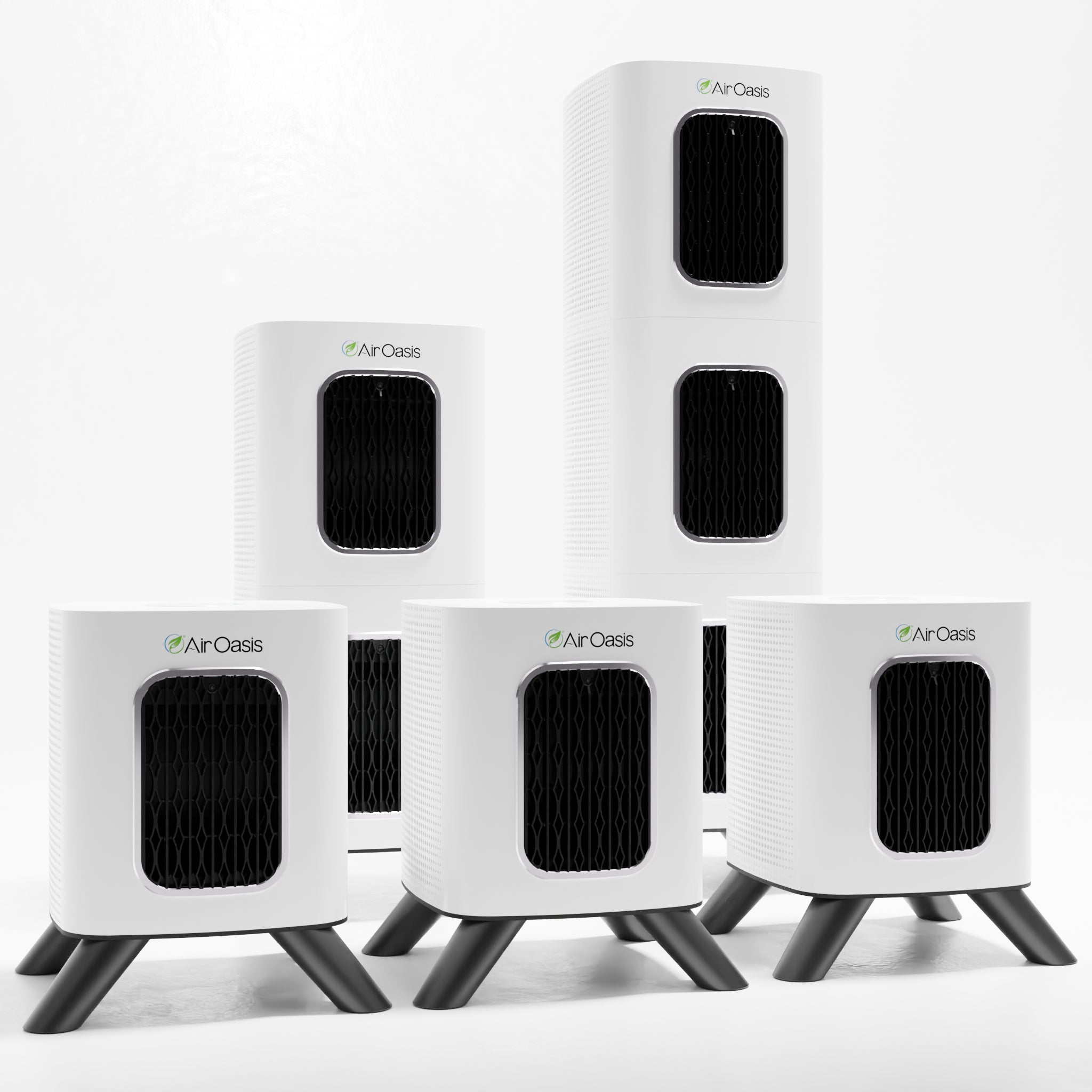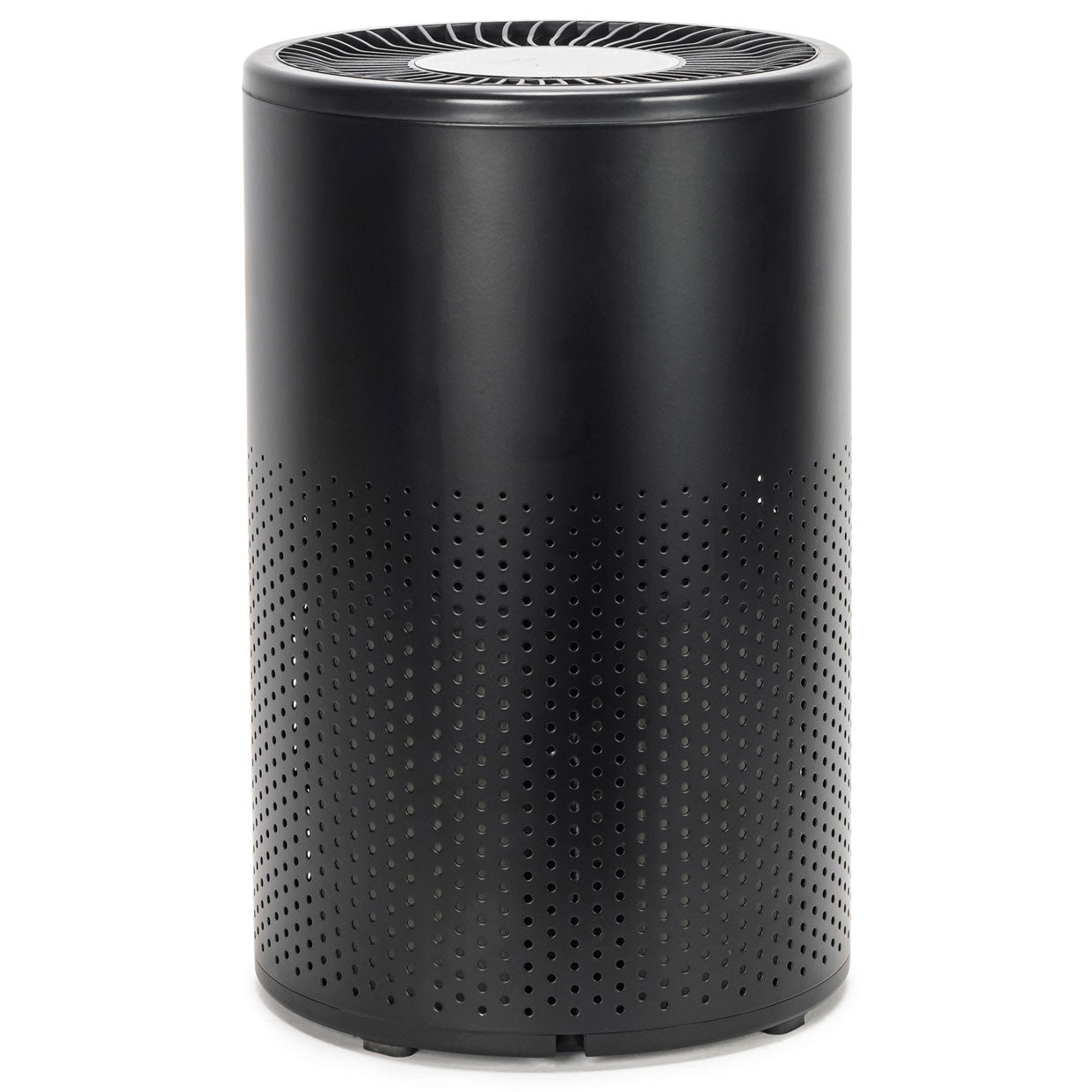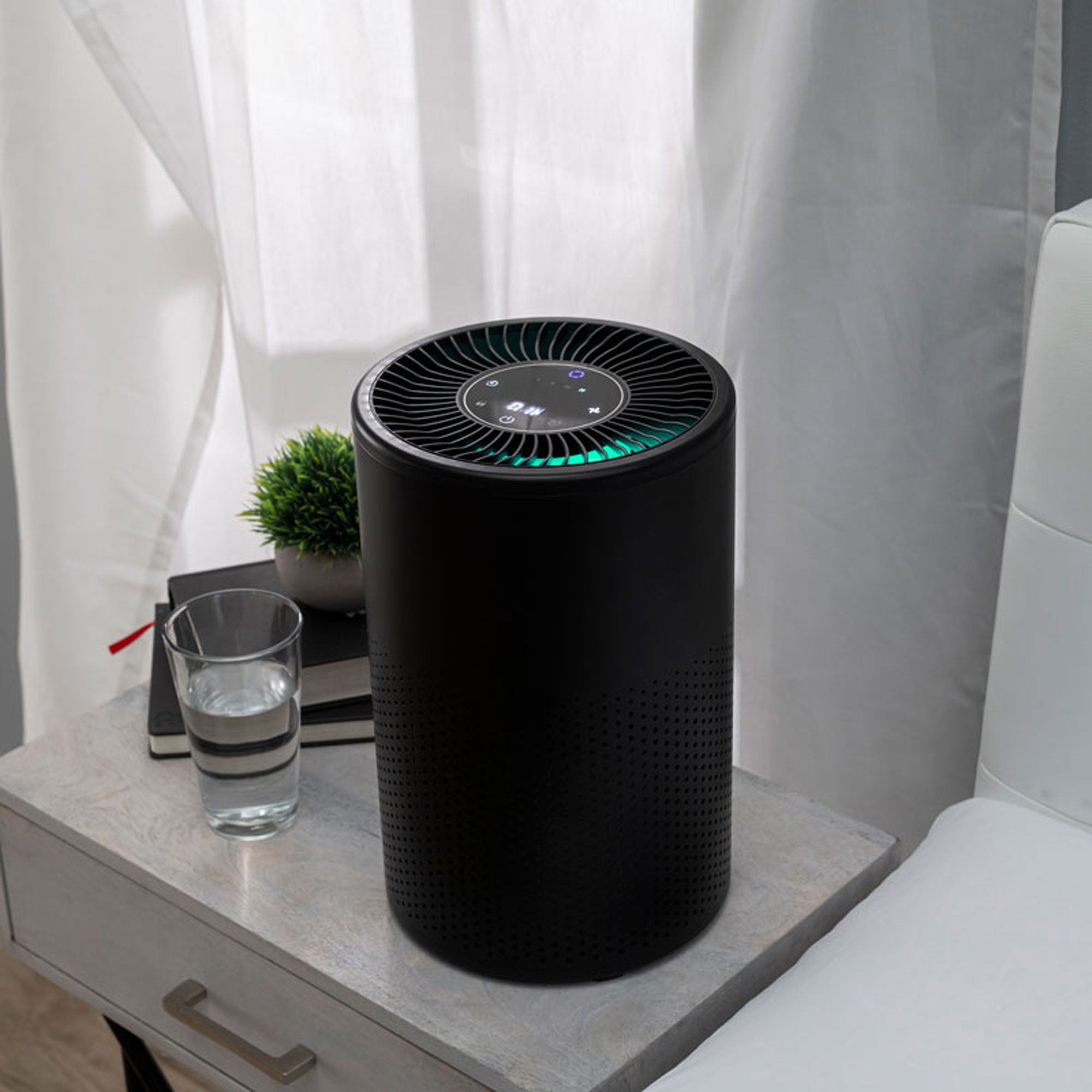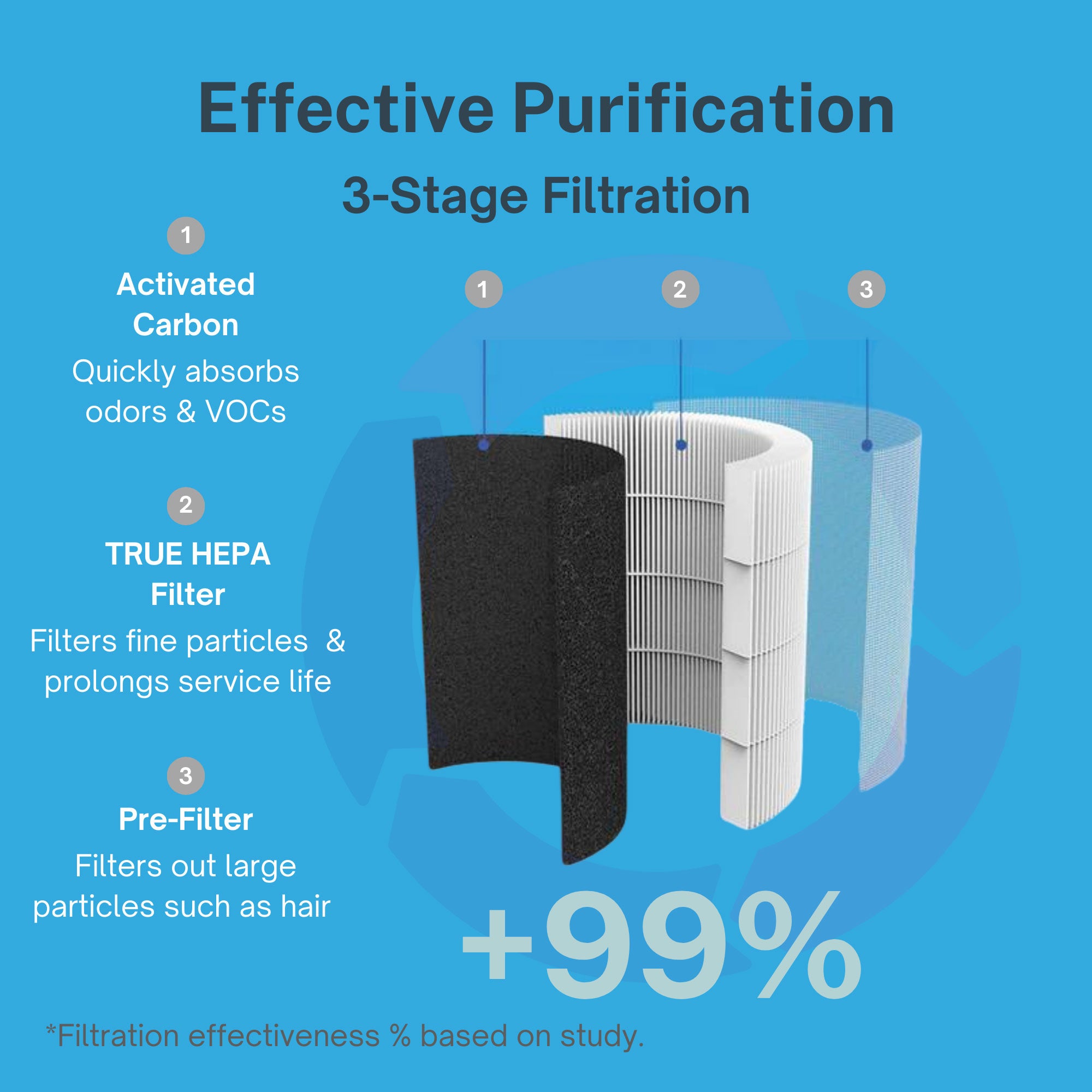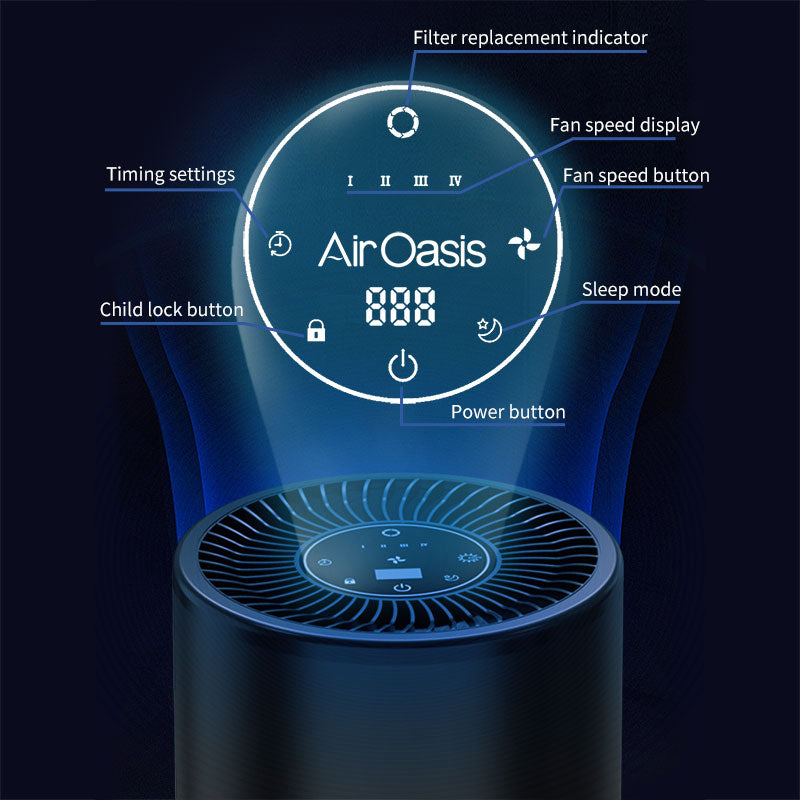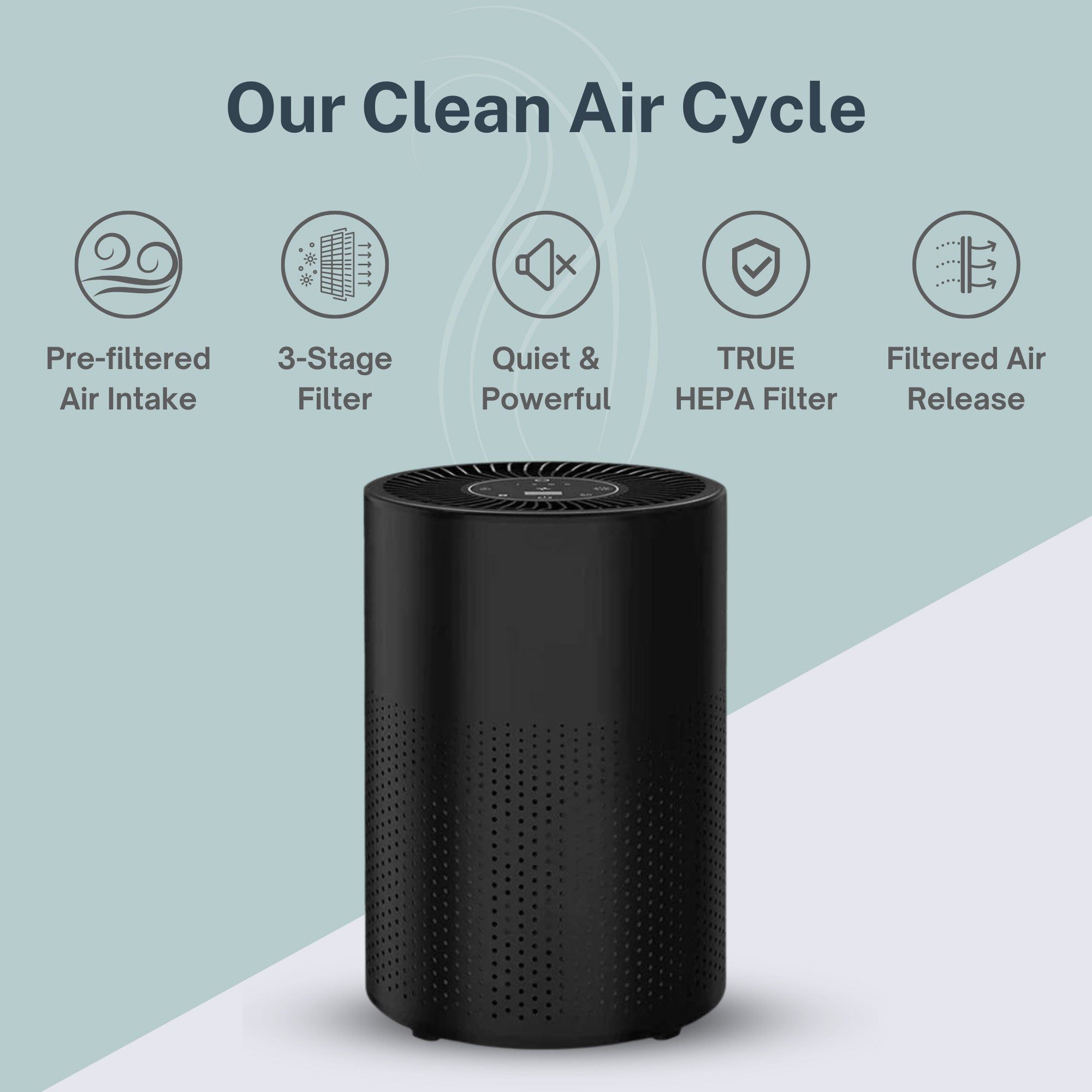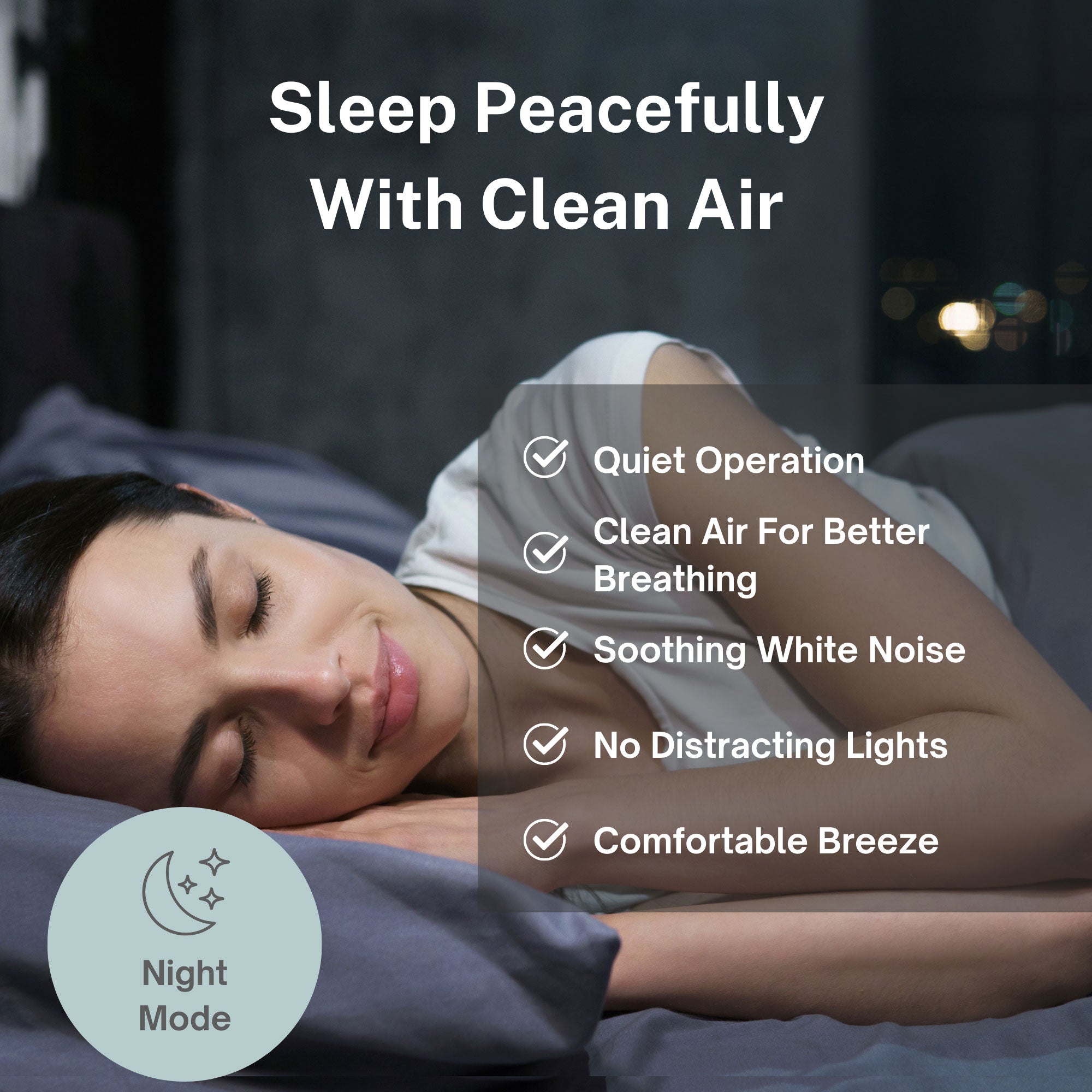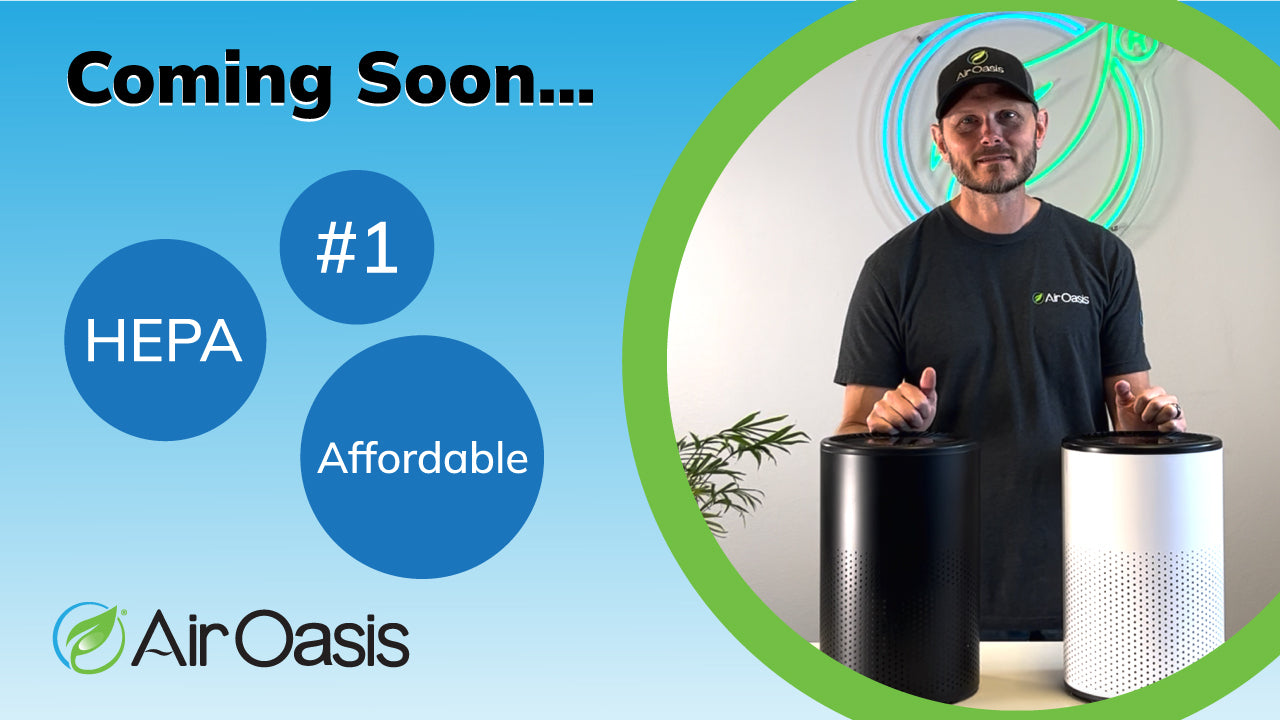What if we could detect forest fires before they become visible to the human eye? What if artificial intelligence could identify the earliest chemical signatures of combustion, alerting authorities while flames are still contained to a few trees instead of thousands of acres? This isn't science fiction—it's the reality being developed by researchers at the University of São Paulo, where AI-equipped drones are changing how we approach wildfire prevention and air quality protection.
The implications extend far beyond fire suppression. These technological advances represent a fundamental shift in how we protect the air we breathe, moving from reactive damage control to proactive prevention. For health-conscious individuals who understand that clean air forms the foundation of optimal wellness, this emerging technology offers hope for a future where wildfire smoke events become increasingly rare rather than increasingly common.
The Science Behind Early Fire Detection
The Brazilian research team, led by Professor Glauco Caurin at São Carlos Engineering School, has developed drones equipped with sophisticated gas sensors that detect carbon dioxide and methane—the earliest chemical indicators of forest fires. These sensors, combined with temperature and humidity monitoring, create a comprehensive environmental analysis system that artificial intelligence processes in real-time to identify potential fire hotspots before flames become visible.
According to NASA's research on wildfire emissions, forest fires release over 100 different compounds into the atmosphere, but carbon dioxide and methane represent the most reliable early indicators of combustion. The São Paulo drones can detect these gases at concentrations that precede visible fire by hours or even days, providing a critical window for intervention.
The technology's speed advantage over traditional satellite monitoring is particularly significant. While satellites provide broad coverage, they often detect fires only after significant burning has occurred. The drone system can identify chemical signatures at the molecular level, enabling response teams to reach locations while fires remain small and manageable. This early intervention capability could prevent the kind of massive wildfire events that recently sent Delaware's air quality to hazardous levels.
Professor Caurin's team has already engaged with local civil defense agencies, environmental departments, and city governments to implement this technology. Their proposal to evaluate drone deployment for fire hotspot identification in São Carlos municipality represents a practical application that could serve as a model for global adoption.
Beyond Fire Prevention: Understanding Air Quality at the Molecular Level
The implications of this drone technology extend well beyond fire detection into comprehensive air quality monitoring. The researchers have discovered that drones provide three-dimensional, volumetric data on gas concentrations that satellites cannot match. This capability offers unprecedented insight into how pollutants move through the atmosphere and affect human health.
Traditional air quality monitoring relies on surface-level measurements or broad satellite averages that miss crucial details about pollution distribution. Professor Caurin explains that drone technology transforms air quality data collection "from a surface or map of the region" into "volumetric information" that reveals how gases concentrate at different altitudes and locations.
For health optimization enthusiasts, this represents a quantum leap in understanding personal air quality exposure. Rather than relying on general regional air quality indices, future monitoring could provide precise, localized data about the air in your specific neighborhood, at your home's elevation, during your outdoor workout times. This granular information enables truly personalized air quality management strategies.
The Health Optimization Connection
The development of AI-powered fire detection drones represents more than technological advancement—it embodies a proactive approach to health protection that mirrors the mindset of optimization-focused individuals. Just as you monitor biomarkers, track sleep quality, and optimize nutrition before problems arise, this technology monitors environmental conditions before they become health threats.
Wildfire smoke represents a significant threat to cognitive function, sleep quality, and immune system efficiency. Studies show that even moderate smoke exposure reduces working memory, impairs decision-making, and disrupts circadian rhythms. The inflammatory burden from breathing polluted air during wildfire events can undo months of careful health optimization efforts in a matter of days.
The São Paulo drone technology addresses this threat at its source by enabling fire suppression before smoke production reaches dangerous levels. This preventive approach aligns perfectly with the optimization mindset: identify and address problems before they impact performance, rather than managing symptoms after damage occurs.
Technological Limitations and Future Solutions
Current drone technology faces significant constraints that the São Paulo team is actively addressing. Commercial drones typically operate for only 15-30 minutes per flight, limiting their monitoring range and requiring frequent battery changes or drone rotation. This limitation becomes particularly challenging when monitoring vast forest areas where fires can develop rapidly across multiple locations.
The research team is tackling this challenge through aerodynamic improvements designed to extend flight time and increase efficiency. Their goal is to develop drones capable of sustained monitoring over larger areas, with eventual deployment planned for the Amazon rainforest—one of the world's most critical ecosystems for global air quality.
The scalability question raises important considerations for health-conscious individuals. While advanced drone networks may eventually provide comprehensive wildfire prevention, current technology gaps mean that personal air quality protection remains essential. The time between fire detection and suppression still allows for smoke production, and even the most sophisticated prevention systems cannot eliminate all environmental air quality threats.
This reality reinforces the importance of comprehensive indoor air purification systems that operate independently of external conditions.
Global Implications for Air Quality Management
The São Paulo drone project represents a paradigm shift toward proactive environmental health management that could transform how communities approach air quality protection. As this technology scales globally, it promises to reduce the frequency and severity of wildfire smoke events that have become increasingly common due to climate change and forest management challenges.
The volumetric gas monitoring capabilities also offer unprecedented opportunities for understanding pollution sources and patterns. Future applications could include monitoring industrial emissions, tracking urban air quality changes, and identifying pollution hotspots that traditional monitoring systems miss. This comprehensive environmental awareness could inform personal health decisions, community planning, and policy development in ways previously impossible.
For health optimization practitioners, this technology evolution suggests a future where environmental health threats become increasingly predictable and manageable. Real-time, three-dimensional air quality data could enable personalized exposure minimization strategies, optimized outdoor activity timing, and targeted protective measures based on specific local conditions.
Preparing for the Future of Air Quality Protection
While AI-powered drone technology promises significant improvements in wildfire prevention and air quality monitoring, the transition to widespread implementation will take years. During this technological development period, individual protection strategies remain crucial for maintaining optimal health and performance.
The lesson from São Paulo's research is clear: the future of air quality protection lies in proactive, technology-enabled prevention rather than reactive damage control. This principle applies equally to personal health optimization. Rather than waiting for environmental threats to impact your wellness, implement comprehensive protection strategies that maintain clean air regardless of external conditions.
Advanced air purification technology provides the personal-level protection that complements emerging environmental monitoring systems. While drones work to prevent fires before they start, indoor air purification ensures that your home remains a clean-air sanctuary whether fires occur or not.
Building Your Clean Air Future Today
The development of AI-powered fire detection drones offers hope for a future with fewer wildfire smoke events and better air quality monitoring. However, this future depends on widespread technology adoption, infrastructure development, and continued research investment—processes that will unfold over decades rather than months.
Your health optimization journey cannot wait for perfect environmental protection systems. The air you breathe today affects your cognitive performance, sleep quality, immune function, and long-term wellness outcomes. Taking control of your indoor air quality provides immediate benefits while supporting your health goals regardless of external environmental conditions.
The São Paulo research demonstrates that clean air protection is becoming increasingly sophisticated and effective. By combining emerging environmental monitoring technology with proven personal air purification systems, you can create comprehensive protection that addresses both current threats and future challenges.
Don't wait for perfect environmental monitoring to protect your health. Take control of your air quality today with proven technology that ensures clean breathing environments for optimal wellness. Shop Air Oasis today and experience the foundation of true health optimization through consistently clean air.





